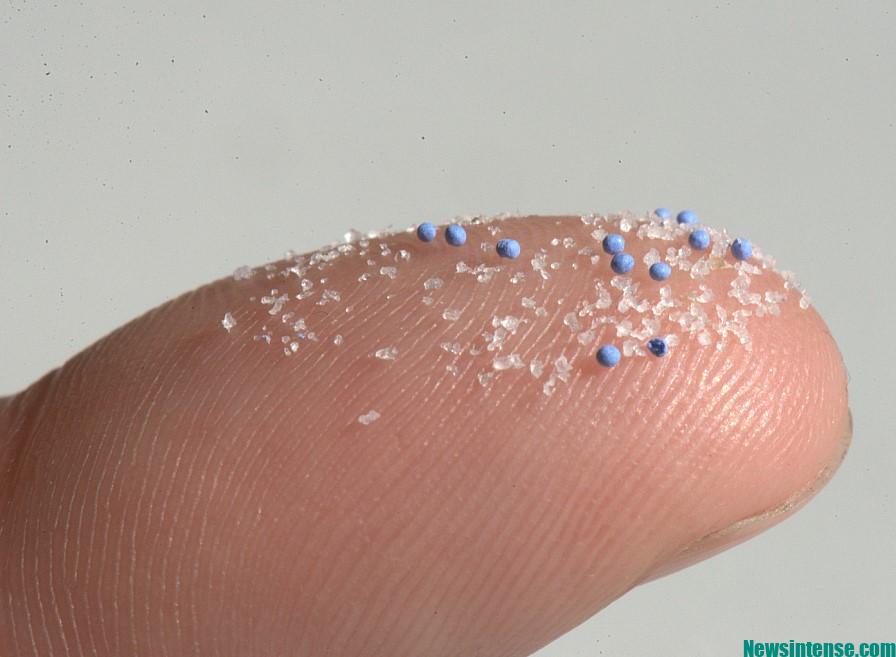What are microplastics?
Microplastics are the name given to plastics with sizes between 5 mm and 1 micrometer. Due to their size, they are very difficult to detect with the naked eye. The term microplastic was first used in a report published by the US Air Force Materials Laboratory in 1968.
How are microplastics formed?
Plastics, which consisted of large pieces before, break into small pieces over time. In this way, microplastics are formed. At the same time, products called microbeads (micro bubbles) and produced in the form of polyethylene (C2H4)n, which are used in health and beauty products, have also led to the emergence of microplastics.
Microplastic detected in human lung
Scientists in England announced that microplastics were found in lung tissues taken from living people. Scientists have determined that microsplatics can enter the body by inhaling, and pass through the thin airways in the body and settle in the deepest part of the lung. Hull University and Hull York Medical School experts said plastic particles were found in 11 of 13 lung tissue samples tested. It turned out that the most common types of plastic are PET, which is used in bottles, and nylon, which is found in clothing.
What are the harms of microplastics to human health?

Many studies reveal that microplastics can be ingested by many marine and land creatures. The most well-known of these are dead birds whose stomachs were found full of plastic. A recent study has revealed that all sea turtles found dead around the world have microplastics in their stomachs. Most plastics, such as polyethylenes (PE) and polypropylenes (PP), are generally considered biologically inert. However, it has been determined that some monomers and oligomers used in their production can leak during use and then infect humans and other living things.
According to a 2018 research review on microplastics and human health, our bodies likely excrete some microplastics through urine, bile, feces, and other bodily functions, but these plastics can potentially cause inflammation or leaching of chemicals.
It’s unclear whether exposure to these particles and related chemicals is actually dangerous to humans at such low, staggered doses. Research on animals and fish suggests that some types of plastic may be more harmful than others. Some, such as plastics made with bisphenol A (BPA), are thought to have unavoidable adverse effects on human health when consumed in high enough doses.


